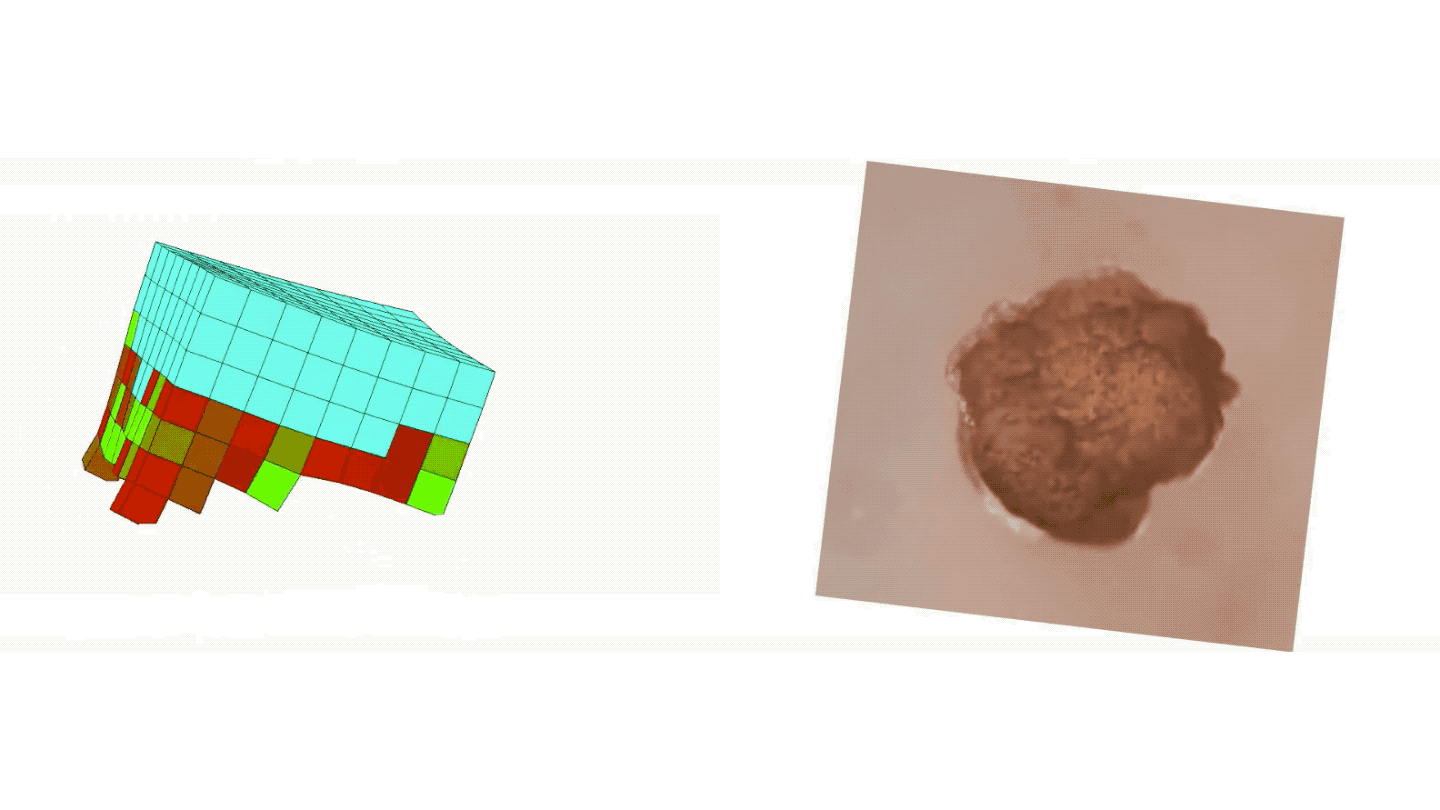There’s a special place in our hearts for the Rubik’s Cube. Pop culture icon and shorthand for intelligence, many dabblers have played around with this ingenious toy, and throughout the years there has been a number of competitions, challenges and variations for solving it.
The popularity of the Rubik’s Cube can be attributed to the simplicity of its design combined with the mind-boggling complexity of the puzzle; there is one solution out of 43 quintillion possible combinations.
It was only a matter of time before the engineers and roboticists got to tinkering with it. Back in 2016, a robot set a new record for solving the cube in 0.637 seconds. But that wasn’t fast enough for some. More recently, two MIT students, Ben Katz, a mechanical engineering graduate student, and Jared Di Carlo, a third-year electrical engineering and computer science student, thought they could one-up that.
“We watched the videos of the previous robots, and we noticed that the motors were not the fastest that could be used… We thought we could do better with improved motors and controls.”
They set up a motor actuating within each face of the Rubik’s cube controlled by electronics for control. With the assistance of webcams pointed at the cube, custom software determines the initial state of each face. Then, utilizing pre-existing software to solve the Rubik’s Cube, the robot was guided to solve the puzzle.
The result? Their robot solved the Rubik’s Cube in 0.38 seconds. It’s safe to say that no human is physically capable of beating this speed. And we can add another achievement to the list of robots outperforming humans.
The human who has the fastest world record for hand-solving is Feliks Zemdegs. He was able to solve a Rubik’s Cube in 4.22 seconds. Which is also nothing to sneeze at. The skills and talents robots are displacing are vast and varied to say the least. Not to mention surprising.
Now, watch the video a few more times and let your inadequate human hands fathom that speed.






